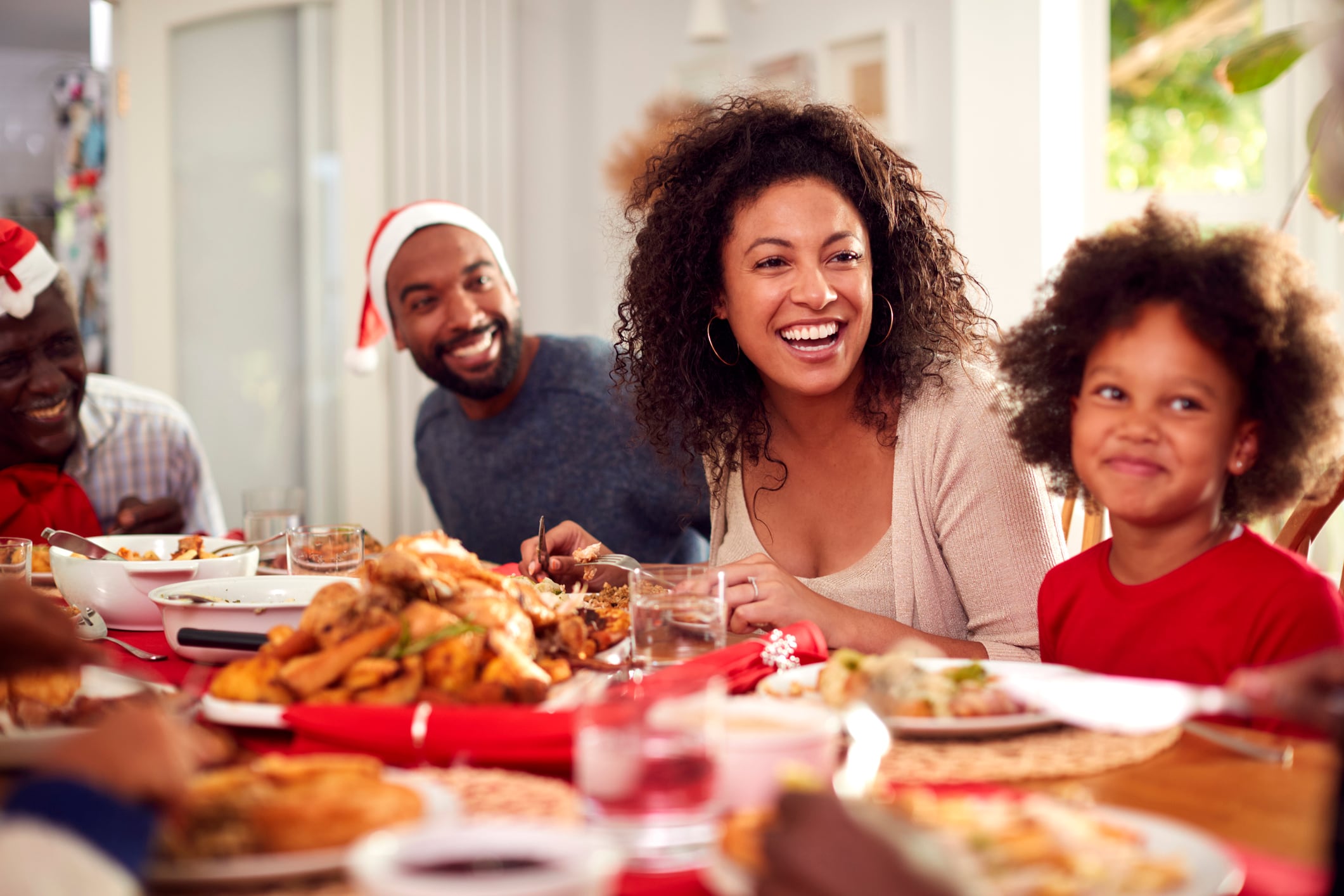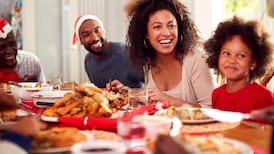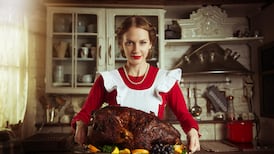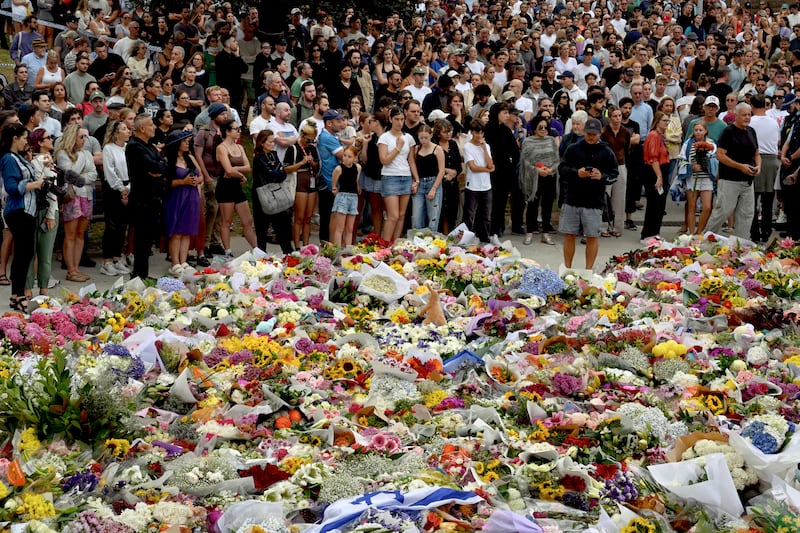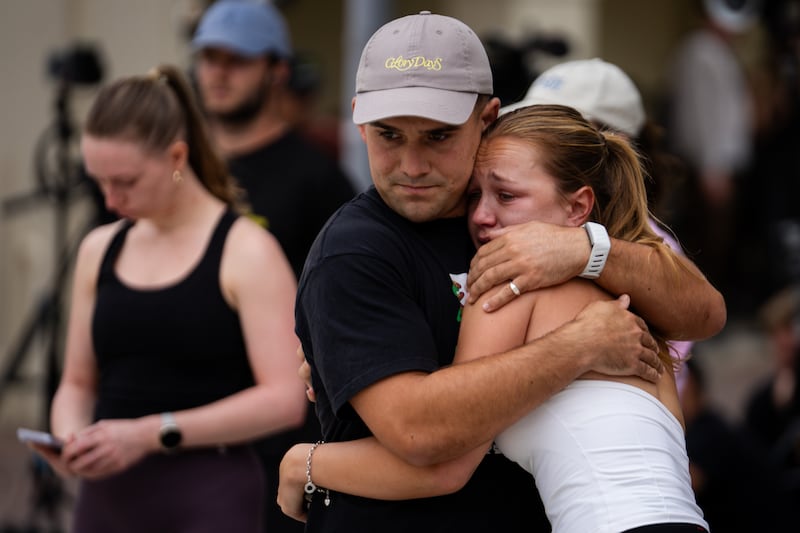Are you the sort who books your travel around restaurant reservations? Or do you pick the destination first, then hunt for the best tables? Either way, figuring out where to eat can be overwhelming. With food forums like eGullet (where the likes of Anthony Bourdain once roamed) and Ernie Whalley’s wild west of ForknCork long gone, it’s not as easy as it used to be. Social media is flooded with viral fluff that tells you nothing about the real deal. And TripAdvisor? It’s hardly gourmet guidance. So how do chefs – who live and breathe this stuff – plan where they dine? Beyond the coveted WhatsApp lists and Google docs that do the rounds within their network, there is still plenty of legwork involved.
Jess Murphy
Head chef and co-owner of Kai Restaurant
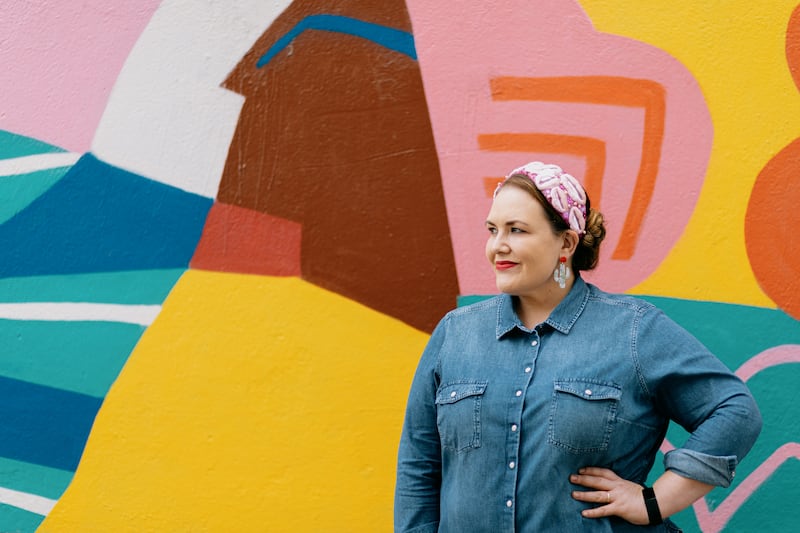
“I basically go on holiday just to go to restaurants, like most people in the industry,” says Jess Murphy, the head chef and co-owner of Kai restaurant in Galway. “I’ll plan the restaurant and the country around what I am into at the time. I’m kind of lucky because the Parabere network that I work with connects me in, big time.”
Murphy is a list compiler and has lists for Paris, Venice and other cities around the world, which she passes on to people all the time. These are the sorts of lists that get shared via WhatsApp groups and added to over the years. But there is research involved in keeping them up to date.
“I don’t follow any of the head chefs and where they’re going,” she says. “I follow the young chef de parties – where they’re going, where they’re visiting their mates, where their mates are working in San Sebastián, Madrid, or in wine bars. Where the twentysomethings work is always interesting because those are the up and coming places.”
RM Block
She also contacts people on the ground in cities she plans to visit, like asking Louise Bannon of Tir Bakery in Copenhagen who she supplies with flour locally. “She’ll tell me, I supply flour to these guys and they’re pretty cool. They do three dishes, and that’s all they do. And it’s like, yes, dream restaurant,” she says. “I don’t want 10 million courses. I just don’t have the patience for it any more. I used to love it, the theatre of everything. And now I’m just like, ‘No’. So I get recommendations from young chefs and young wine people; like, Irish guys doing harvests and stuff like that.”
Kevin Burke
Chef-patron at Library Street
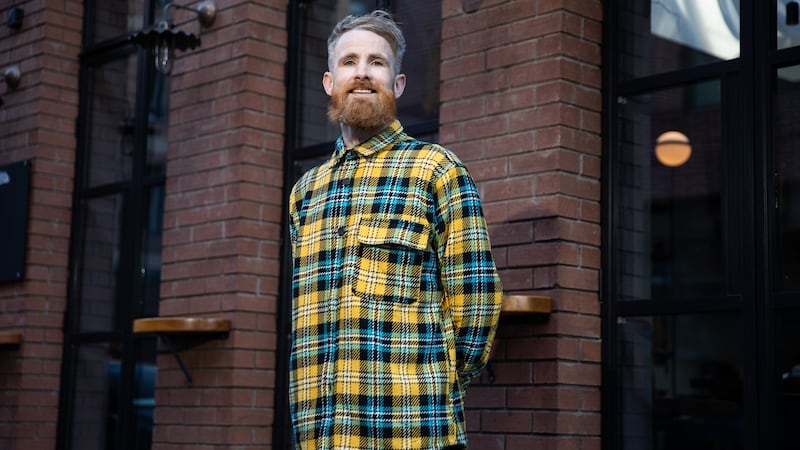
Kevin Burke, chef-patron of Library Street, says the first thing he does is ask chefs who have similar tastes to his, and then he’ll ask the guys in the kitchen. “Chefs always have a few lists going around, like I’ve got a big Paris list, and I forward it on,” he says.
When Burke wants a special night out with his wife, he turns to the Michelin Guide. “On holiday, I’ll usually have one night that’s really special, where we want to blow it a bit. So I’d 100 per cent be going to Michelin for that,” he says. “The guide’s got a lot better lately. You can see they’re adding in restaurants, even in New York, within six months, and they’re good. They’re really pushing a broad range now because that’s how people eat.”
He also finds London’s Michelin Guide impressive, though a bit overwhelming. “There’s such a wide range – from casual to three stars – but almost too many to decipher. You need focus,” he says.
When Michelin doesn’t do the trick, Burke turns to more targeted sources. “Condé Nast and Eater are generally quite good worldwide.”
That can mean a lot of restaurants to sift through, and it takes work to narrow them down. “I pick and choose, cross-reference,” says Burke. “If two lists have the same place and it fits the style I want, I’ll dig deeper, check their website. I don’t really bother with reviews. Maybe a glance at Google ratings, but only if I’m really struggling. I’d look at TripAdvisor but I would just do it for fun. I know a lot of people search on Google and go to the places that come up first. And I find that mind-blowing, unbelievable.”
Burke says Instagram is huge now because the algorithm knows when you’re heading to a city based on your searches and who you follow.
Andy Noonan
The Big Grill founder
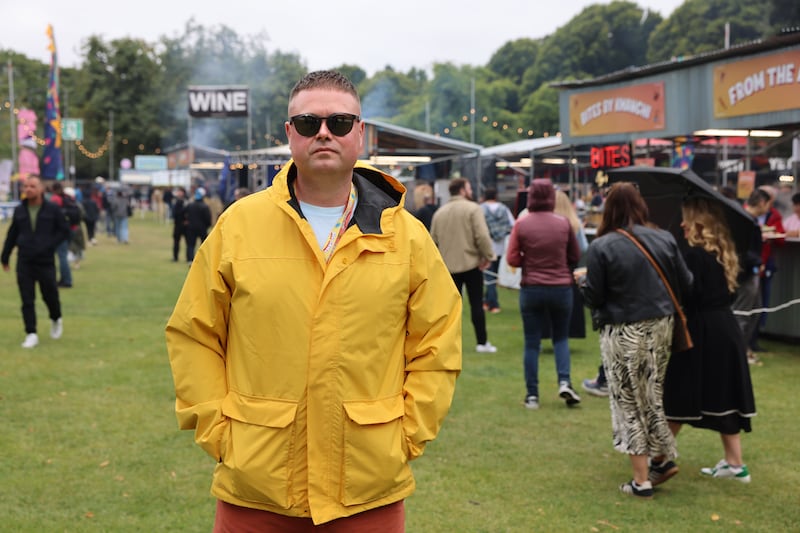
Andy Noonan, the chef behind The Big Grill, swears by Instagram. He follows a couple of spots in an area, and then, as he puts it, “the algorithm does its job”.
“As you follow one or two, more pop up, suggesting others. Once you start looking up these places, it suggests new ones – market bars, wine bars, stuff like that,” he says. “Then I do a deep dive. I Google restaurants and sift through the TripAdvisor-y ones. I talk to different people, I always have a list, and then go deeper on Instagram.”
Noonan says he always wanders, no matter where he goes. “I will always just get out early with a coffee or whatever and just walk and take note of places. And I just walk and walk and walk, you know, and try places,” he says.
Aishling Moore
Chef and co-owner of Goldie
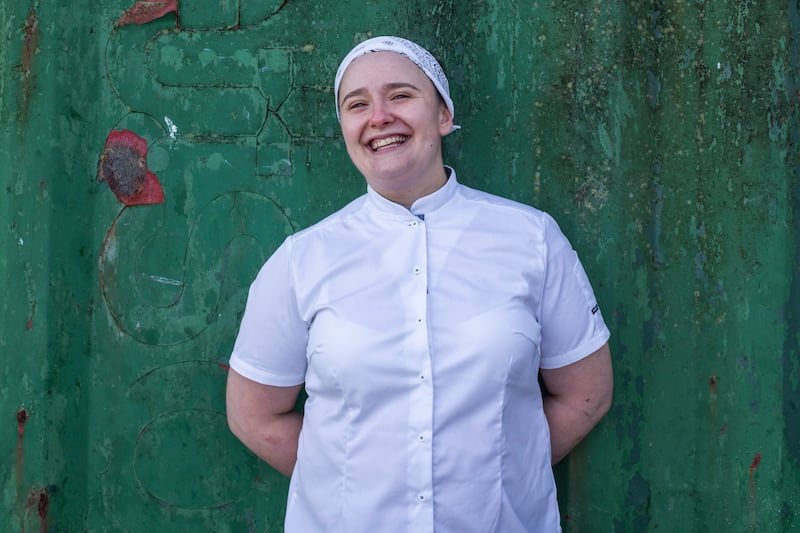
Like Burke and Noonan, Aishling Moore, chef and co-owner of Goldie in Cork, relies on Instagram and on-the-ground research. “I usually start with the Michelin Guide. I think it’s brilliant. I’ll check out Bibs and ‘recommended’ listings. Maybe I’ll do a one-star, depending on the budget.”
From there, Moore digs deeper. “I’ll go on Instagram, check their website, menus, prices and location. Then I’ll look for newspaper articles and sites like Eater. I also use Instagram’s search bar, typing in the city I’m visiting to see what pops up. I’m always hunting for a country’s version of Cassie Stokes.” (Stokes presents the hugely popular Best of ... Irish pubs and food series on social media.)
When she hits the ground, Moore takes it further. “I’ll always hang around markets and ask, ‘What restaurant can I eat this at?’ or ‘Where do you go to eat?’ You always get great recommendations that way,” she says. “And I’m always on the lookout for where locals are eating, or where the high-vis jackets are.”
Keelan Higgs
Chef and co-owner of Variety Jones
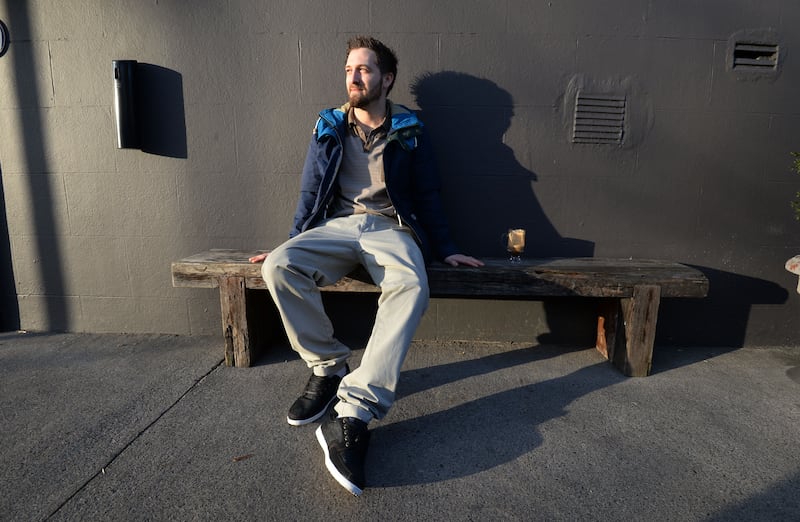
Keelan Higgs, chef and co-owner of Variety Jones, rates the Michelin app and Eater but is a big believer in on-the-ground research.
“If you walk by a place full of locals, it’s usually a good sign,” he says. “The best spots are always local – like a seafood counter packed with fresh prawns they just throw on the grill. You won’t find those places on TripAdvisor or the Michelin app – you just have to suss it out by walking around and kind of having that natural instinct.
“TimeOut kind of lost its way. At the beginning it was brilliant but now you feel you’re just being advertised to. Hot Dinners is good for London recommendations.”
Niall Davidson
Chef-patron at Allta
Preparation for what he calls “a chef’s holiday” could start six months in advance, according to Niall Davidson, the chef-patron of Allta – especially for World’s 50 Best restaurants, where bookings open months ahead. But when he’s with his wife, he takes a more laid-back approach.
On a recent trip to Sicily, visiting Palermo, Catania, Syracuse and Modica, Davidson stumbled across one great restaurant after another. “We didn’t know anyone or anywhere to go, but you just ask around. People send you to these little places, simple spots with short menus. Modica is an amazing town for food.”
Gráinne O’Keefe
Chef-patron at Mae
Gráinne O’Keefe, chef-patron of Mae, says she was all about fine dining in her 20s but now prefers to keep it simple. “I love Michelin Bib Gourmand restaurants. I find that they’re really good value for money. Especially if we’re in France. We go a lot, and the Bib spots are always a good deal,” she says.
O’Keefe checks menus and Instagram before booking. “I look for the chef’s Instagram, especially if it’s a country where I don’t know the language. I rely on food photos,” she says.
She usually books about half the restaurants before a trip, leaving the rest to chance once she’s there. “I look at the wine glasses – a restaurant that takes its wine seriously is a good sign. You can tell a lot from tableware. And avoid the tourist traps.”
Along with the Michelin Guide, she uses Eater, New York Times lists, Condé Nast Traveler, and Lonely Planet for research.
Mickael Viljanen
Chef-patron at Chapter One
In fast-moving cities like New York, Mickael Viljanen, chef-patron of Chapter One, recommends following people who eat for a living on Instagram. “Follow people like Chef’s Table producer Brian McGinn, food writer Adam Sachs, and London’s Andy Hayler,” he says.
He rates Michelin highly, especially for regional areas. “Just put in the area and you get a list and description of all the restaurants. The app’s great, constantly updated.”
Michelle and Greg Bowe
Greedy Couple blog
If you happen to be planning your dining with kids (good luck with that), it’s worth taking the advice of Michelle and Greg Bowe of the Greedy Couple blog, who recommend checking ahead to see if restaurants cater for children. “A lot of places don’t mention they take kids, so we always ask. Loads of spots do, and they’re usually very generous with the food,” says Michelle.
The secret to snagging that impossible reservation
Sending an email close to the date is the best bet, says Burke. “The system has its reasons for being fully booked. You can get on the waiting list, and they do work. But if there’s a cancellation and you email close to it, I guarantee you’ll get the table before someone who’s been on the list for a month. They’ve probably booked somewhere else by now. Email, and if something opens up, you’re first in line.”
“Direct messaging on Instagram works well,” says Moore. “Especially for last-minute spots if you’re flexible. If you really want to eat somewhere, flexibility is key. Lots of great places also keep spaces for walk-ins.”
Top tips for finding the best tables abroad
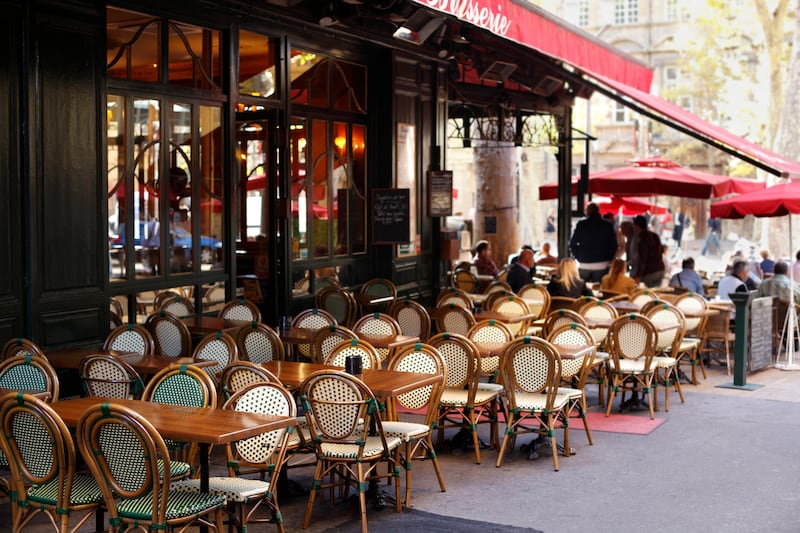
- Get recommendations from friends with similar tastes.
- Use Michelin, Condé Nast, Eater, and Lonely Planet, then cross-reference.
- Follow top chefs and restaurants on Instagram.
- Keep an eye on younger chefs for trendier spots.
- Follow food professionals: Marina O’Loughlin, Brian McGinn, Adam Sachs, Andy Hayler.
- Allow Instagram’s algorithm generate new accounts.
- Check restaurant websites for menus, prices, and locations.
- On the ground? Ask in markets, wine shops, look for local-filled spots and follow the high-vis vests.



